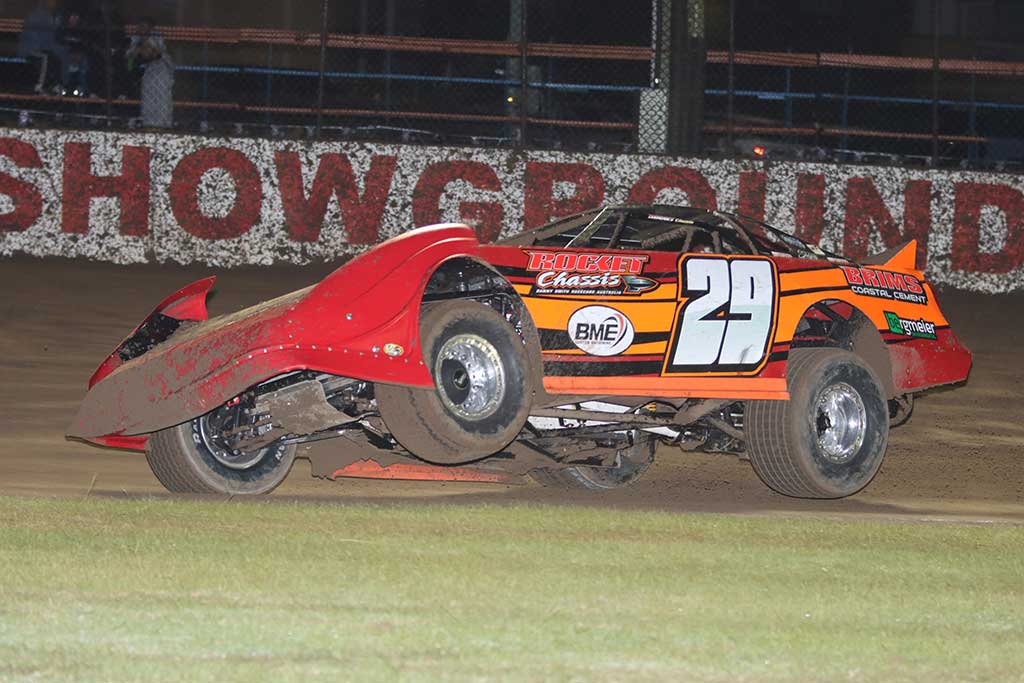RACING CLASS INFORMATION
CLASS INFO
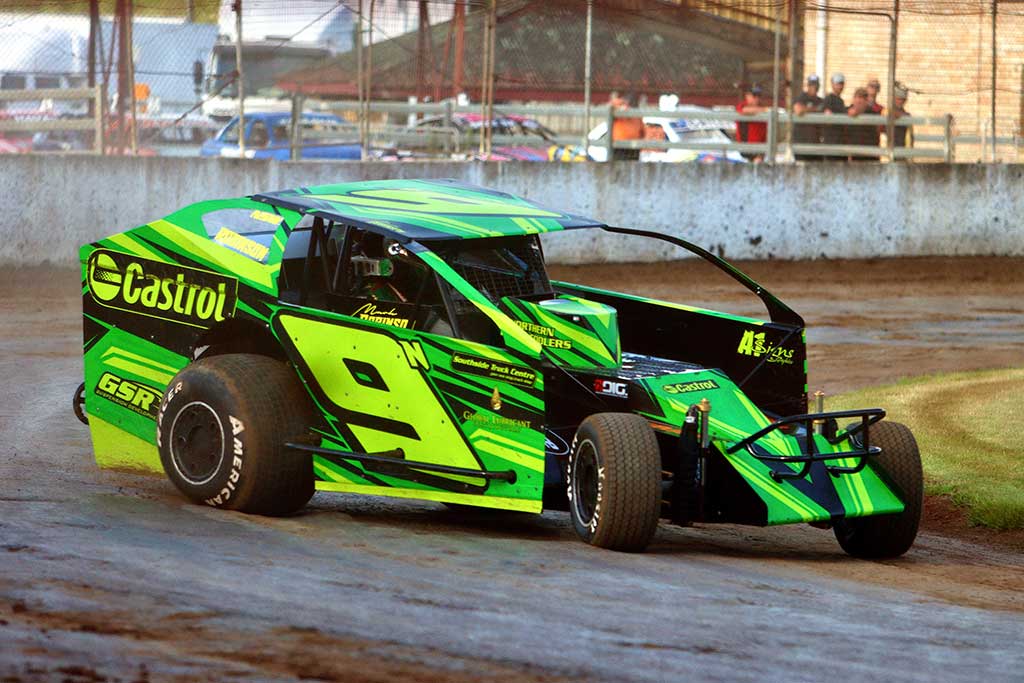
V8 DIRT MODIFIEDS
Evolving from the hot rods of the early days into what you see on the track today, V8 Dirt Modifieds are exciting machines powered by a naturally sought cast iron V8 engine that has a maximum capacity of 361 cubic inches. They are self-starting and run through a two-speed gearbox to a quick-change differential. Its wheels are the same size of those on a Sprintcar and only run in the anti-clockwise direction.
As one of the drawcards of Australia’s speedway open wheel competition, V8 Dirt Modifieds never fail to entertain crowds, due to their thrilling nature and tough racing competition.
MORE INFO
WINGLESS SPRINTS
Wingless Sprints have made an incredible impact on the national scene over the past 15 years.
From a very small number in 2008, the class has grown to hundreds throughout Australia. The cars, which are part of the framework within the Sprintcar Control Council of Australia, run under their own national controlling body, Australian Wingless Sprint Racing (AWSR).
The cars were introduced primarily as lower cost entry class into winged Sprintcar racing, and the steadily increasing competitor numbers in recent years have also made Wingless Sprints a competitive racing class with an identity of their own.
Wingless Sprints are powered by V6 Holden engines out of the VN, VP and early VR Commodore models and paired with a rolling Sprintcar chassis minus the top and front wings.
MORE INFO
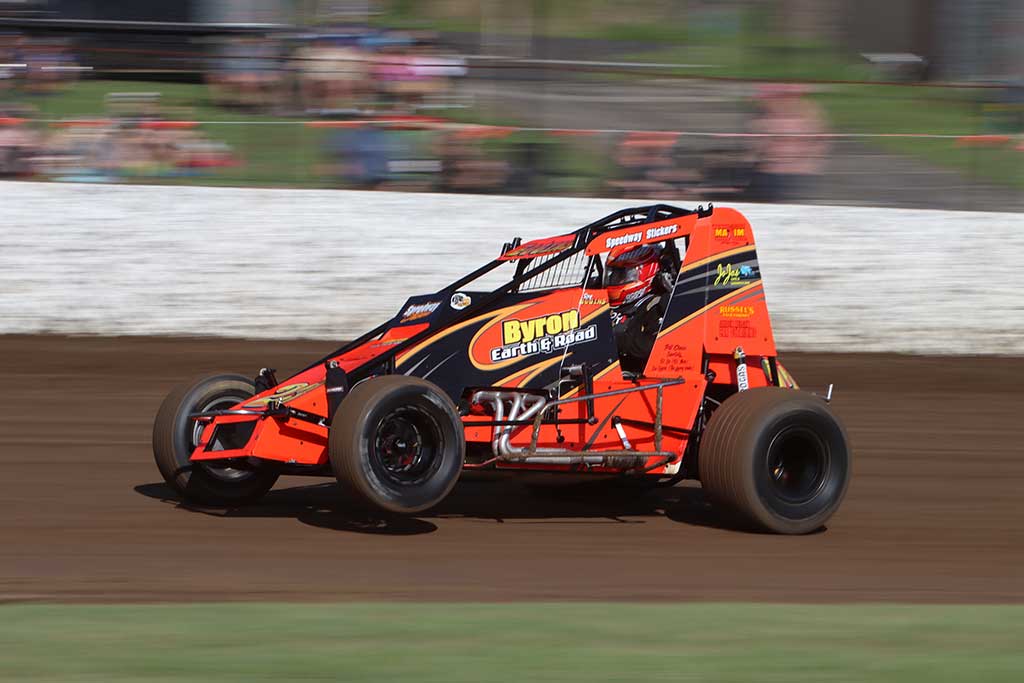
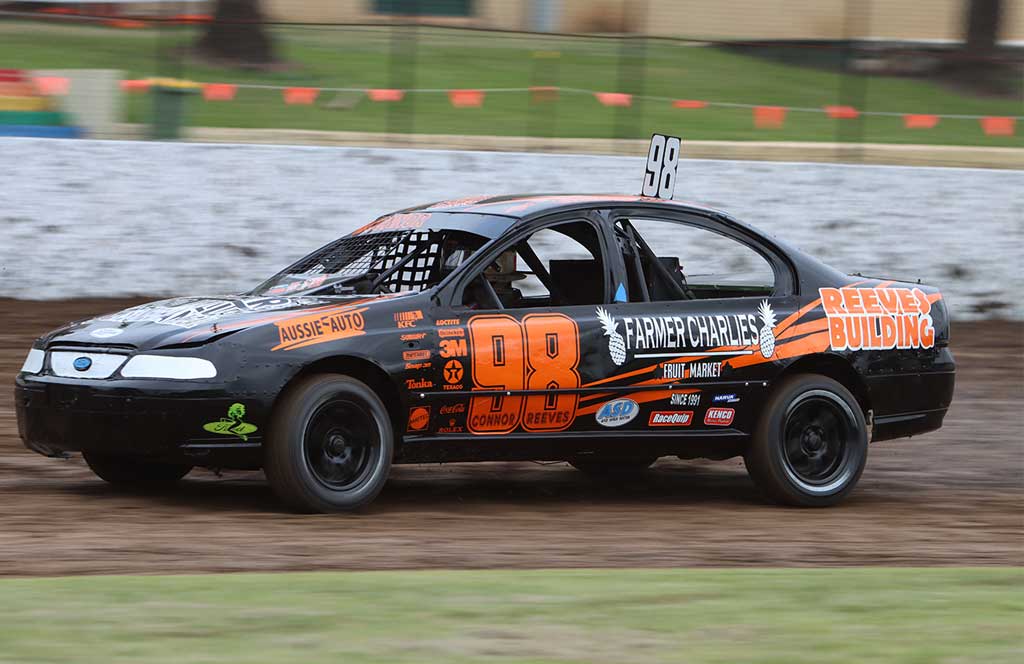
RSA SEDANS
Since the formation of the Racing Sedans Australia (RSA) back in the early 1980s, Castrol Lismore Speedway has a long association with the northern NSW track.
Through to this day, the RSA Street Stockers and RSA Junior Sedans compete on a regular basis at Castrol Lismore Speedway.
For Racing Sedans Australia, their motto is coming together and moving forward into the future!
MORE INFO
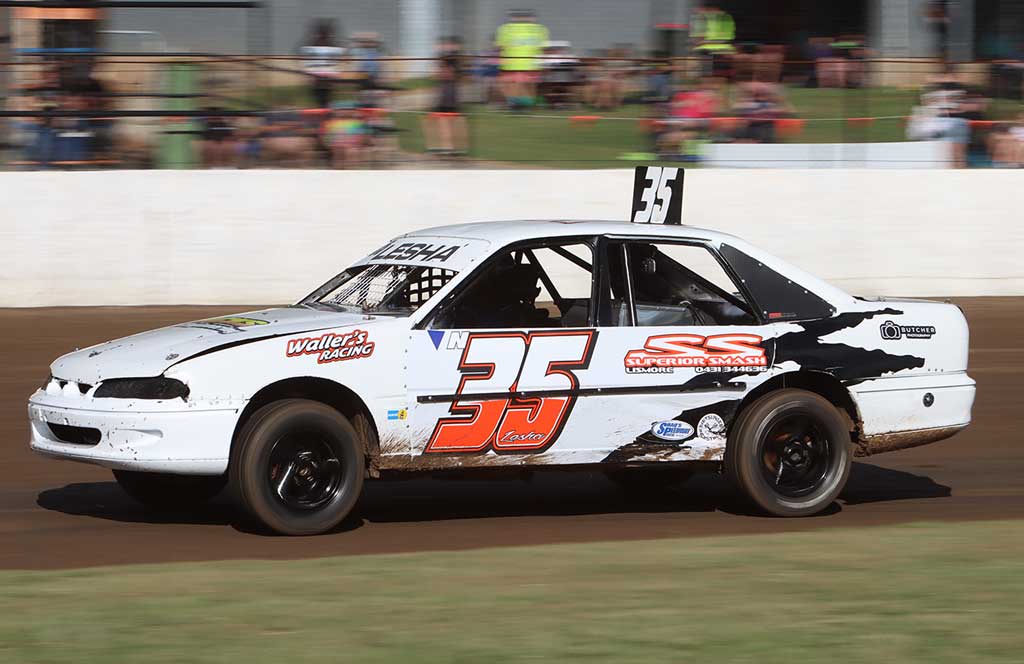
MODIFIED SEDANS, PRODUCTION SEDANS, STREET STOCKS AND JUNIOR SEDANS
.Speedway Sedans Australia (SSA) has a rich history of over five decades as the peak body of sedan car racing in Australia. Previously known as the Australian Saloon Car Federation (ASCF), the peak body was formed way back in 1968.
From its humble beginnings Speedway Sedans Australia currently has six national classes under its umbrella, including Super Sedans, Modified Sedans, Street Stocks, Production Sedans, Junior Sedans, and most recently the Four Cylinder Sedans.
Lismore Automobile Club
MORE INFO
JUNIOR FORMULA 500S
Designed specifically for racers aged 12-16 years, a Junior Formula 500 is a regular Formula 500 that has been fitted with a restrictor plate, which ultimately reduces the car’s speed, making the cars safer for younger drivers who are just starting out in the class.
Junior Formula 500s are the perfect stepping stone for young drivers wanting to grow their skillset and prepare them for the big step into the senior ranks of speedway competition down the track.
MORE INFO
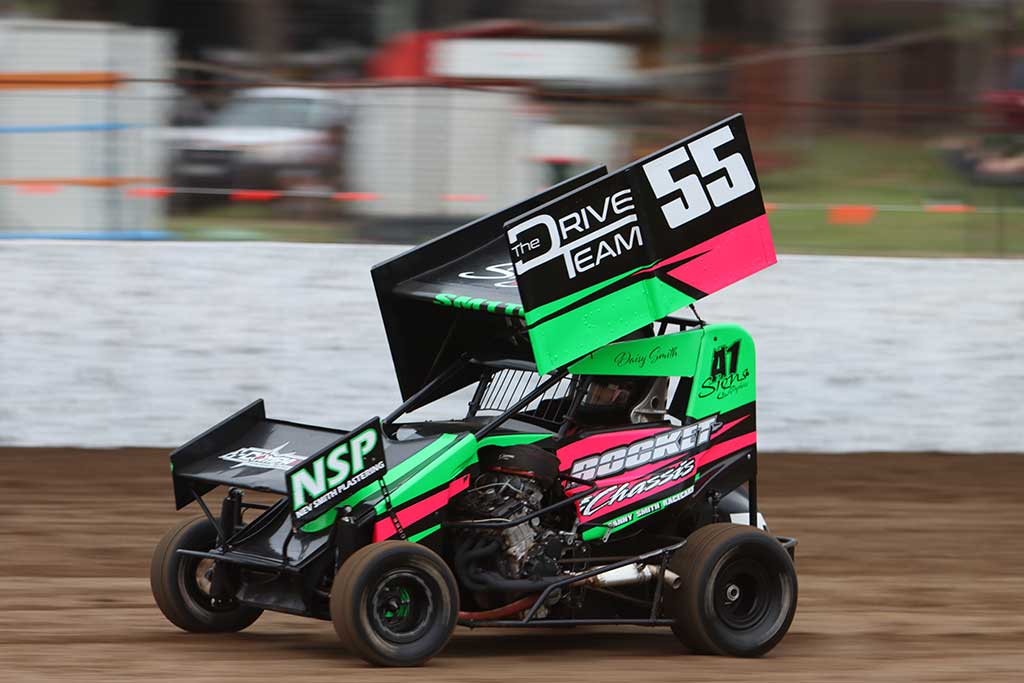
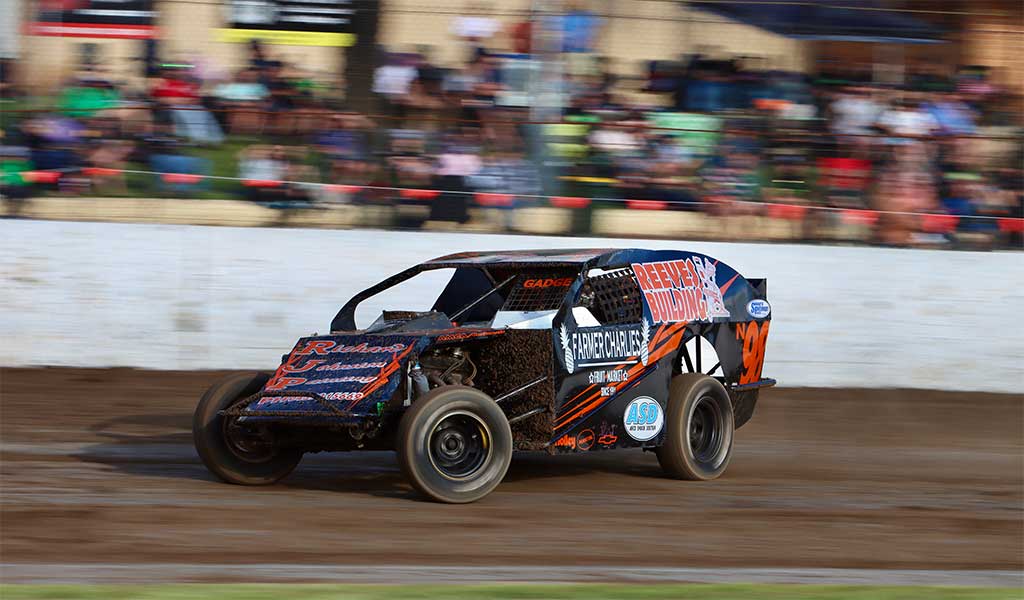
AMCA NATIONALS
AMCA Nationals were founded in Australia in the mid-1990s. The class was built around an iconic Holden front end with a custom chassis powered by either a Holden 253 or Chevrolet 350 crate V8 engine.
Every AMCA National adheres to a strict rulebook which creates some of the most competitive racing in Australian speedway.
AMCA Nationals are popular amongst drivers of all ages, and it’s a cost-effective class that has seen many drivers go on to other bigger classes within speedway.
MORE INFO
410 SPRINTCARS
WHAT do you get when you combine a 900 horsepower 410 cubic inch engine and a race car with a better power to weight ratio than a Formula One car? Well, you get a Sprintcar!
The drawcard of Australian speedway, a Sprintcar is a specially crafted chrome-moly frame (chassis), with a methanol-fuelled 410 cubic inch (6.7 Litre) aluminium engine, which produces more than 900 horsepower.
The power-to-weight ratio of a Sprintcar is better than that of a Formula One race car. As such they have no deadweight; if a part doesn’t contribute to the performance of the car, it’s not added. The lightweight fibreglass outer panels and the light aircraft-type aluminium wings are perfect for showcasing sponsor names and logos from all angles.
Since their formulation in the late 1970s, Sprintcars have continued to grow a larger and increasingly supportive fan base, which was once typically reserved for V8 Supercars. They’re renowned for their two wing (top and front) structure which stabilises the car, keeping it grounded as experienced drivers hurtle around the race tracks at phenomenal speeds.
Sprintcar racing is widely regarded as one of the most exciting forms of motorsport on the planet and you’ll regularly see some of the biggest names in motorsport as fans in the stands.
Not only does the local competition continue to produce entertaining and skilled racing on a regular basis, state and national Sprintcar events continually attract drivers from America, New Zealand, and Canada, increasing the recognition of Sprintcar racing on an international scale.
MORE INFO
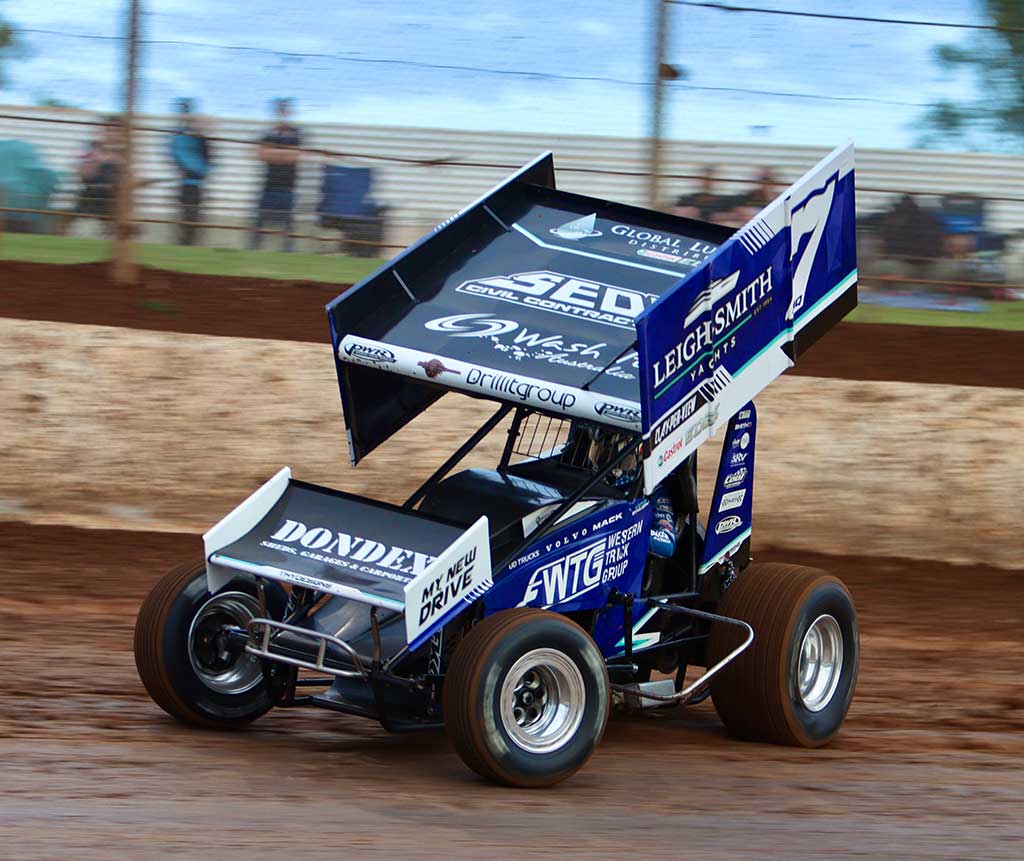
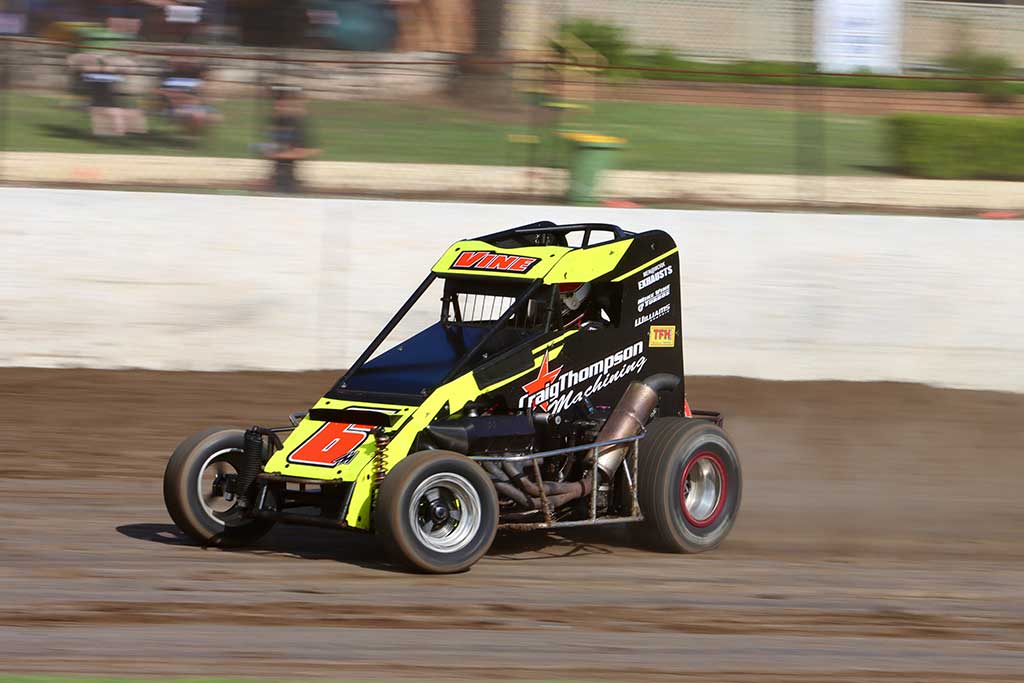
SPEEDCARS
SPEEDCARS are small high-powered machines containing four-cylinder engines, which typically produce 300-400 horsepower and weigh approximately 400 kilograms.
Commencing in America in the early 1930s, Speedcar racing made its first appearance in Australia in 1934 at Melbourne’s Olympic Park in Victoria, where it became popular due to its fast and exciting nature.
Today, Speedcar racing is one of Australian speedway’s most competitive and entertaining classes, with the blue-ribbon events often attracting many high-profile international drivers from both America and New Zealand.
MORE INFO
MODLITES
Modlites are powered by motorcycle engines and there are three weight divisions based on the engines (stock, spec and open). There are also different body styles as per below: Classic Modified – 1928-1948 American-made production vehicles only, 5/8 scale, two door sedans, coupes, or pickup trucks.
MORE INFO
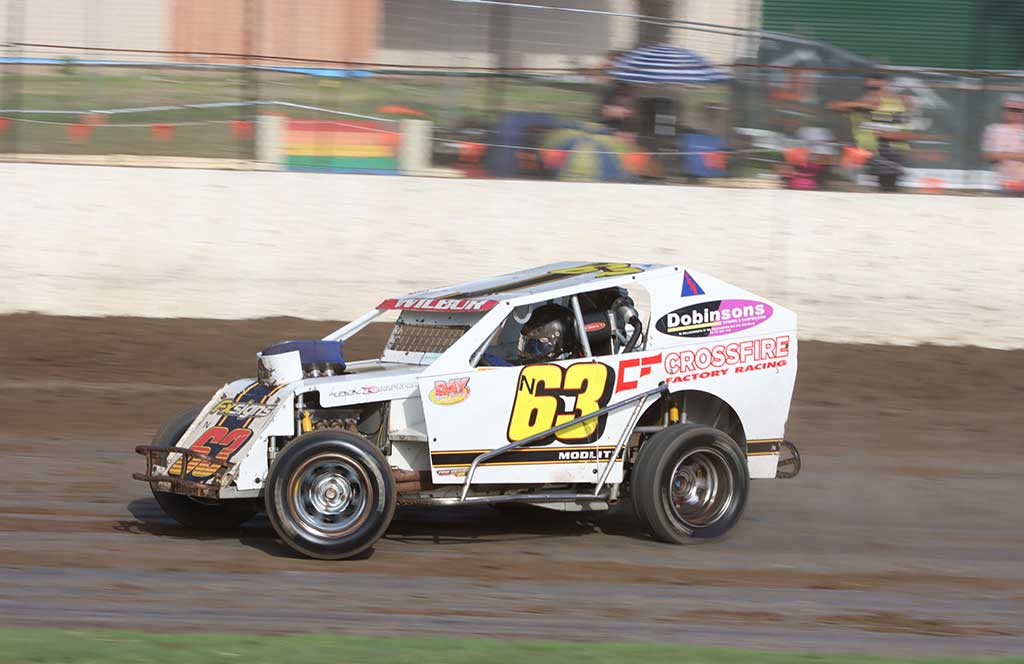
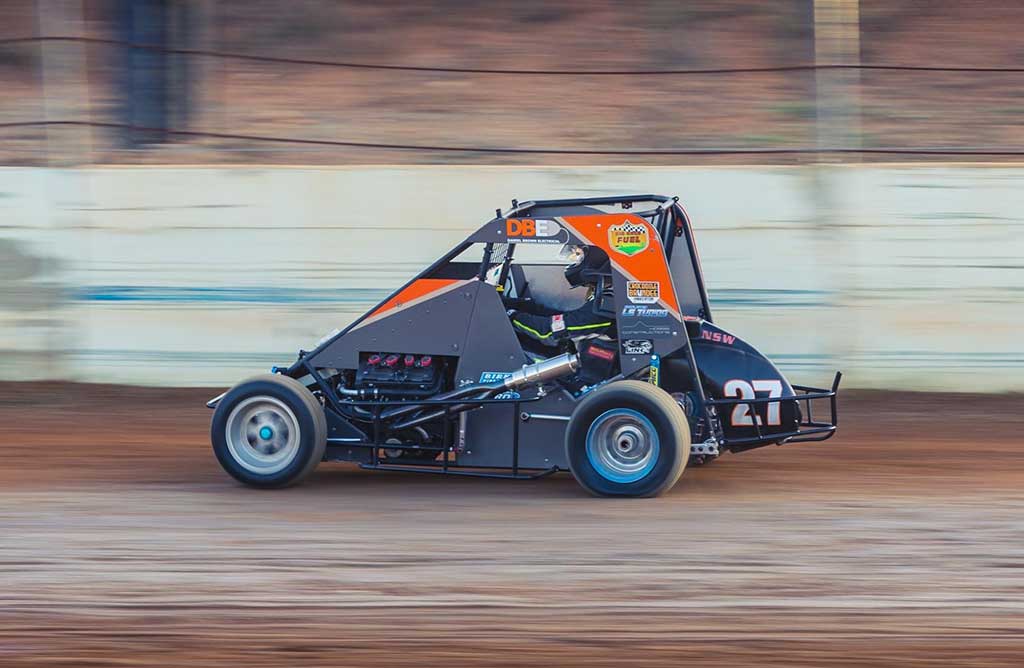
COMPACT SPEEDCARS
Compact Speedcars have been a mainstay of Australian Speedway since the 1950s, when they first arrived on the scene with the original speedway sections of Solos and Midgets. Commonly known as TQs at that time, the TQ was an abbreviation for Three Quarter Midgets. TQs ran at tracks along the east coast racing regularly with the full-size Midgets.
A change of name to Junior Speedcars ensued and with the gradual evolution of the section eventually legendary Liverpool Speedway promoter Mike Raymond coined the name Compact Speedcars. Australian Championships have been held since 1978 under Australian Compact Speedcar Association sanction and prior to that under either state or club control.
The idea of the class, which are mainly made up of a Speedcar chassis powered by mainly motorcycle engines, has always been to offer an economical open wheel section with certain restrictions to equalise competition.
MORE INFO
SUPER SEDANS
A Super Sedan is a purpose-built chassis with moulded plastic or fibreglass nose and tail panels, powered by mainly V8 engines that produce over 700 horsepower, which are required that the cubic engine capacity does not exceed 366ci. Super Sedans are restricted to a certain maximum weight and all race cars are rear-wheel drive.
Operating as a truly national class, Super Sedans compete throughout every state and territory in Australia and have a dedicated fan base, in large part due to the solid car counts and thrilling racing that the class continually produces.
MORE INFO
